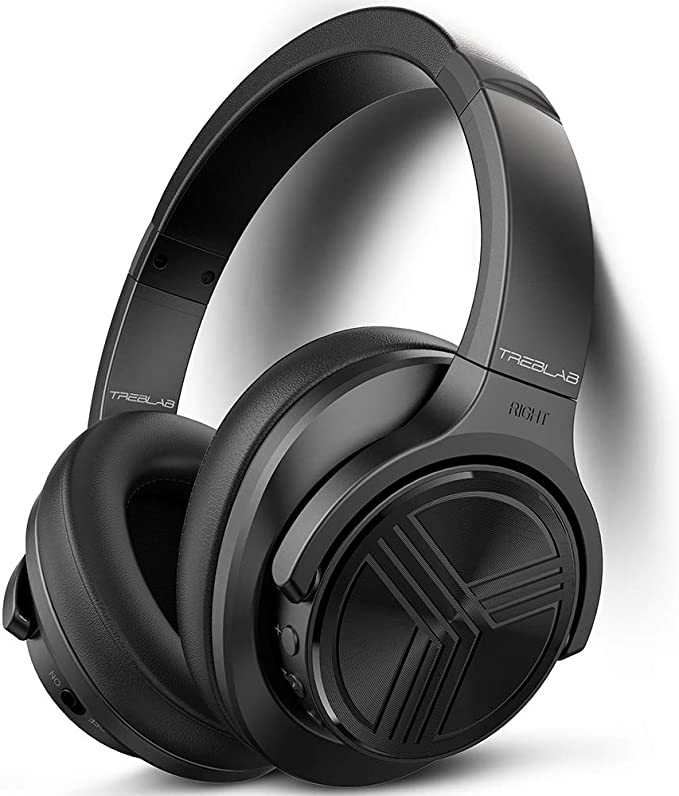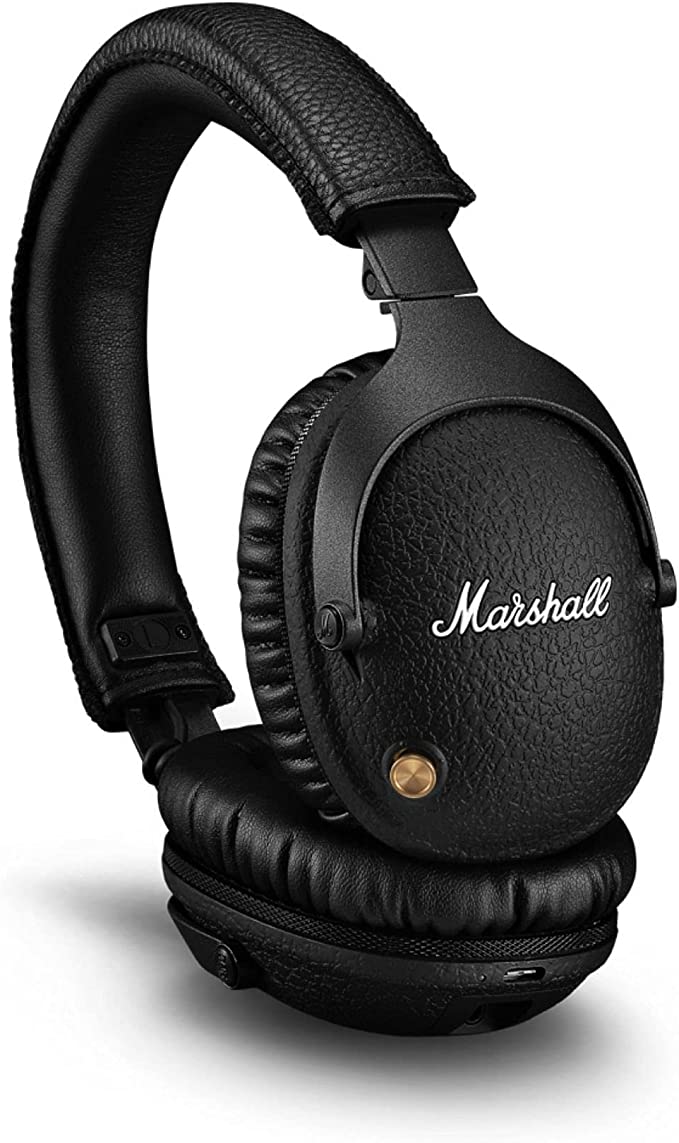The Science of Silence: Deconstructing ANC and Wireless Audio in Budget Headphones
Update on Nov. 23, 2025, 5:53 p.m.
The modern world is a cacophony. From the low-frequency drone of jet engines to the hum of HVAC systems, noise pollution is a constant stressor. In response, Active Noise Cancellation (ANC) has transitioned from a pilot’s luxury to a consumer standard. The xmwm Wireless Headphone represents the democratization of this technology, bringing the physics of silence to the entry-level market.
But how does a device actively erase sound? And what are the engineering trade-offs when high-end features are integrated into budget-friendly architectures? To understand this, we must look beyond the brand name and delve into the acoustic principles of destructive interference and wireless transmission.

The Physics of Anti-Noise: How ANC Works
At its core, sound is a pressure wave consisting of compressions and rarefactions (peaks and troughs). The xmwm headphones utilize a technology known as Destructive Interference.
- The Feedforward Architecture: In budget-friendly ANC implementations like the xmwm (likely utilizing a feedforward design), an external microphone samples ambient noise before it reaches the ear.
- Phase Inversion: An internal processor instantly analyzes this noise wave and generates an “anti-noise” wave. This wave has the same amplitude but an inverted phase (180 degrees out of sync).
- The Cancellation: When the noise wave (peak) meets the anti-noise wave (trough), they sum to zero. This physically cancels the sound pressure, creating silence.
It is important to note the limitations of this physics. This process works best on low-frequency, steady-state sounds (like engines) because their wavelengths are long and predictable. It is less effective against high-frequency, sporadic sounds (like voices) because the processor cannot react fast enough to phase-align the shorter waves perfectly. This explains why the xmwm is ideal for “sleeping well on plane/train” but might not silence a crying baby.
The First Line of Defense: Passive Isolation
Before the electronics even turn on, the headphone’s physical design performs the heavy lifting. This is Passive Noise Isolation.
The xmwm features Over-Ear (Circumaural) Form Factor with “super soft comfortable large earmuffs.” * Acoustic Seal: By fully enclosing the ear, the PU leather pads create an airtight chamber. This physical barrier blocks high-frequency sounds (which ANC struggles with) simply by reflecting them away. * Material Density: The density of the ear cushion foam determines how much sound energy is absorbed. A good seal is the prerequisite for good ANC; without it, the anti-noise leaks out, and the bass response collapses.
The Engine Room: 40mm Dynamic Drivers
Silence is the canvas; sound is the paint. The xmwm utilizes 40mm Dynamic Drivers. In the world of headphones, 40mm is the “Goldilocks” size—large enough to move significant air for bass, but small enough to remain portable.
- Electromagnetic Transduction: Inside the driver, a voice coil suspended in a magnetic field vibrates a diaphragm.
- Impedance and Sensitivity: With a resistance of 32Ω and sensitivity of 95dB, these drivers are engineered for efficiency. They do not require a powerful external amplifier. This low impedance ensures they can be driven to full volume by the modest battery power of the internal Bluetooth chipset, maximizing the claimed battery life.
Wireless Evolution: Bluetooth 5.0
The shift from Bluetooth 4.x to Bluetooth 5.0 is not just about version numbers; it is about Data Efficiency and Range.
- Bandwidth: Bluetooth 5.0 offers double the speed of 4.2. For audio, this means a more stable connection with fewer dropouts, even in environments crowded with 2.4GHz signals (like airports).
- Latency: While standard Bluetooth always introduces some delay, 5.0 significantly optimizes the handshake between device and headphone. This reduces the “lip-sync” error when watching movies, making the xmwm a viable option for video consumption, not just music.
Hybrid Connectivity: The 3.5mm Fallback
Despite the wireless focus, the inclusion of a 3.5mm Audio Jack is a critical engineering redundancy. * Analog Bypass: Using the wired connection bypasses the internal DAC (Digital-to-Analog Converter) and Bluetooth compression. This provides a zero-latency signal path and allows the headphones to function purely as passive speakers, ensuring you are never left without audio even if the battery dies.
Conclusion: The Architect of Your Environment
The xmwm Wireless Headphone serves as a functional primer on modern personal audio technology. It demonstrates how Active Noise Cancellation and Passive Isolation work in tandem to manipulate our acoustic environment. While it may lack the adaptive algorithms of top-tier models, its reliance on fundamental physics—phase inversion and acoustic sealing—allows it to deliver a sanctuary of silence effectively. It transforms the user from a passive recipient of noise into an active curator of their auditory reality.



























































